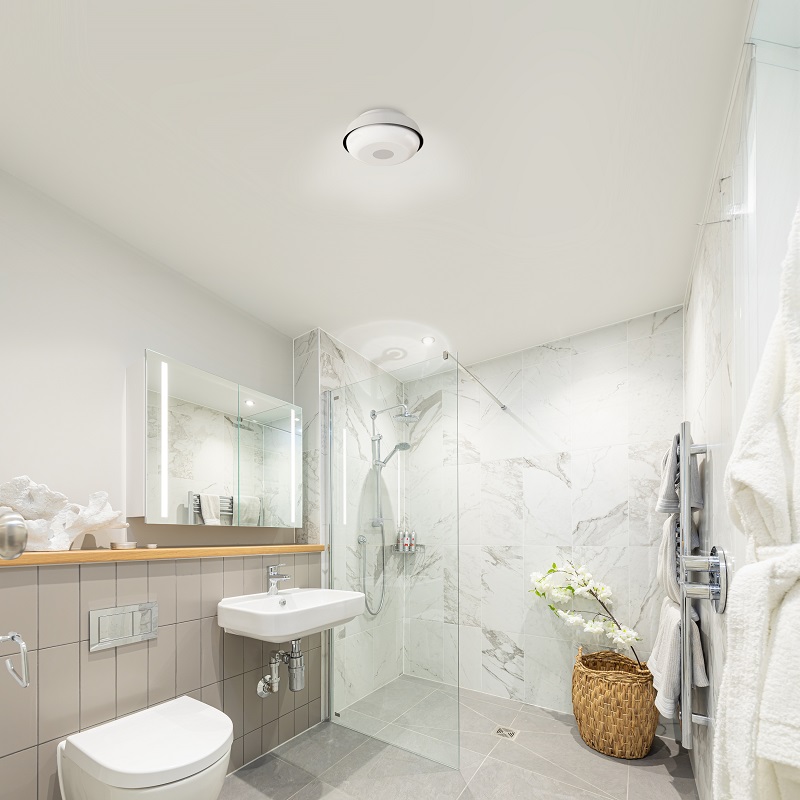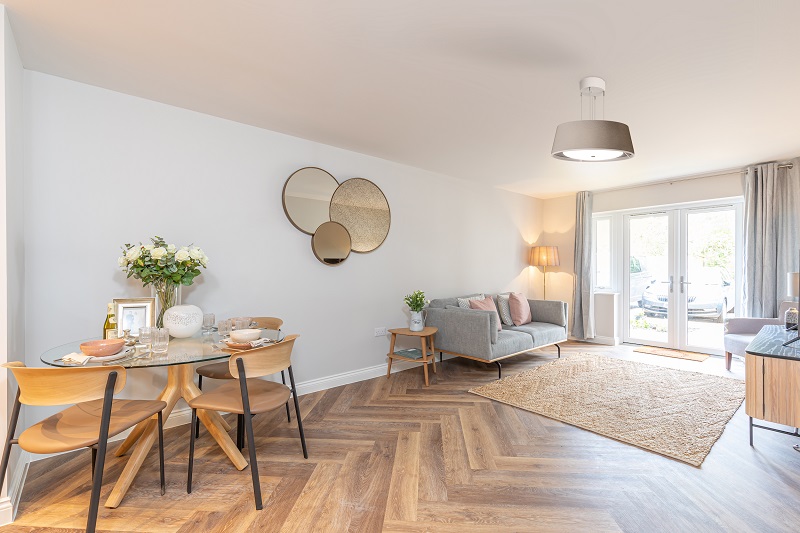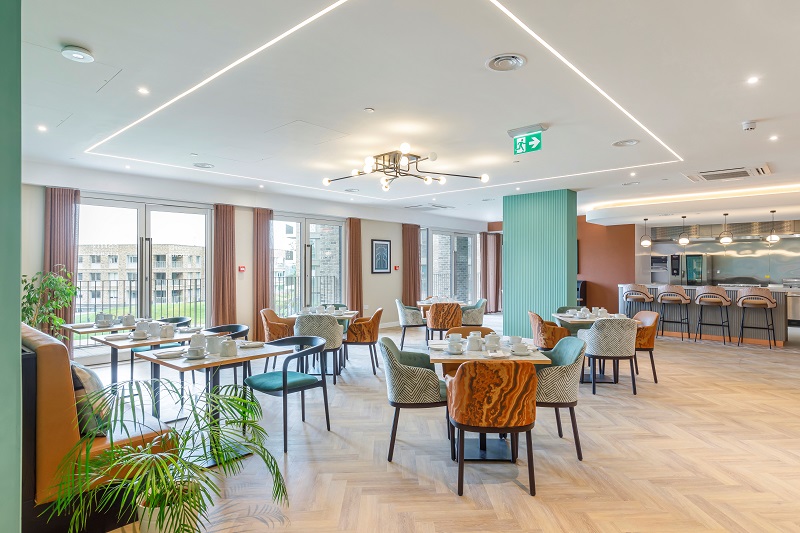Property Development Interview with Russ Beresford, Development Director at Birchgrove

Birchgrove, the UK’s leading provider of rented retirement homes, has appointed a new Development Director Russ Beresford.
With more than 20 years of experience in the property development industry, we’ve asked Russ how he will help fuel the company’s growth as it gears up to meet the anticipated surge in demand for rental homes for the long term.
How do you see your experience in co-living and other sub-sectors of property development, like Central London office spaces and retail, contributing to Birchgrove’s growth in the retirement living sector?
There are quite a lot of similarities between co-living and retirement living, at least the way Birchgrove does retirement living, with its focus on creating communities.
In both co-living and at Birchgrove, the aim is to create safe, convenient and well-thought-out spaces that encourage people to live fulfilling lives. The goals are very similar, it’s just the demographic that’s different. The general idea is that people are given flexibility; they have their own spaces for when they want to be alone, but also access to well-designed communal spaces and activities that allow them to meet new people and socialise when they want to.
There’s perhaps less obvious crossover between retirement living and office space, although the central theme of people wanting high-quality spaces and convenience runs across both areas of property. Office space today is moving towards having everything at your fingertips, with places to eat and drink in buildings so staff don’t have to go out if the weather is bad, for example.
What are the most significant challenges you foresee as Birchgrove looks to expand rapidly over the next decade?
There are four main challenges we face: funding, land availability, planning constraints and attitudes towards renting.
In some way, all of these challenges are related to the fact the retiree BTR industry is underdeveloped in the UK, whereas in countries such as the US and Australia it is far further forward.
On the funding front, things are beginning to improve as we’ve proven the model and as interest rates start to come down. Land availability remains an issue, especially in our core focus area of the South East.
The planning process has been a real barrier to Birchgrove’s growth. We are encouraged by the new government’s plans to overhaul the planning system, though change is unlikely to happen overnight. This is one of the reasons we’re currently looking for turnkey projects in the South East, so that we can get more units up and running quickly to meet the growing demand – two of our developments are now at full capacity and are operating waiting lists.
Finally, we have to overcome the British view of home ownership as the be-all-and-end-all. While it works for many people in certain stages of their life, there are a lot of benefits to renting, especially in later life. Once we get in front of potential residents, we often find they are open to the idea, but a wider education piece would also probably help bring about a shift in attitudes.
The retirement living market is evolving. How do you plan to position Birchgrove to meet the increasing demand for rental homes for older people?
The preference I just mentioned for home ownership is one thing, but the reality of today’s economy is that more and more people are renting in retirement, whether they want to or not.
This is set to increase as today’s younger generations hit retirement age. Currently, about 400,000 over-65 households rent in the UK, but this is predicted to increase to more than one million by 2033.
This has big implications for future governments, because many of these people won’t have sold up their former homes and be sitting on a large pot of equity, as is the case for most of our current residents. Many will never have owned a home at all, and are therefore more likely to be reliant on Housing Benefit.
Because the retiree model is so new and the cost of financing is so high, Birchgrove has so far focused on attracting the more affluent communities in the South East.
It is likely the company will continue to focus heavily on the mid-market demographic, for now at least, but in the future we hope to also be able to move into other areas of the countries, as economies of scale allow.
 How will you ensure that new developments are built with both immediate and long-term sustainability and efficiency in mind?
How will you ensure that new developments are built with both immediate and long-term sustainability and efficiency in mind?
My focus is on developing low-carbon and low-energy buildings by using efficient design and keeping waste to an absolute minimum throughout construction. We also use renewable technology wherever possible. By adopting these principles, the building uses less energy, which is good for the environment and good for the operator because it is cheaper to run.
Birchgrove has mentioned a focus on innovation. Can you elaborate on the types of innovations you hope to bring to the company’s property development strategy?
We’re just about to open a development with Nobi smart lights installed and these will be included in all new communities going forward. These are tailored specifically to our demographic as they can detect, help prevent and even predict falls. Falls are a big issue among older people so the lights have been designed to alert staff when someone has fallen to make sure people aren’t lying on the ground for hours on their own. We’re looking to roll these out more widely across our communities in the future.
Alongside this technology, we also have inflatable chairs called Camel Lifting Cushions that we can install around anyone who has fallen to help them raise themselves up with dignity and without needing assistance. These types of innovations allow residents to live safer lives and I hope to continue to introduce further innovations like these in the future.
In your opinion, how important is flexibility in building design as the needs of residents change over time?
It’s very important as the needs of older residents can quickly change over time and the idea is that moving into a Birchgrove development will be their last move, not a stepping stone into a care home. For this reason, all of our apartments are future proof with level-access bathrooms, wider doorways, lifts and emergency call systems.
How do you plan to address the shortfall in senior living units and what role will Birchgrove play in solving this housing crisis for older renters?
We’d love to have a Birchgrove community in every region and we’re already a leading force in the retirement rental market. Realistically, however, there need to be huge increases in retirement living provision by other providers as well, and at all price levels.
We predict Birchgrove will reach 1,000 units by 2027. But every day this year 1,000 people in the UK will turn 80. So our predicted number of units will serve just one day’s need in this age bracket. We need more competitors to enter the market for the country to have any chance of providing for the ageing population. We’d love to ramp up our activity and grow further and faster, but the government, planners and investors also have a role to play in moving things along.


